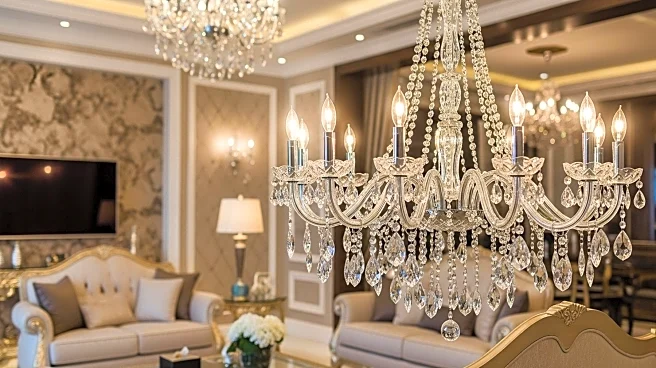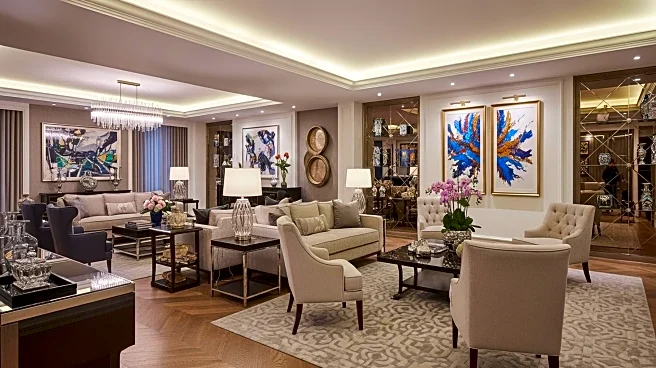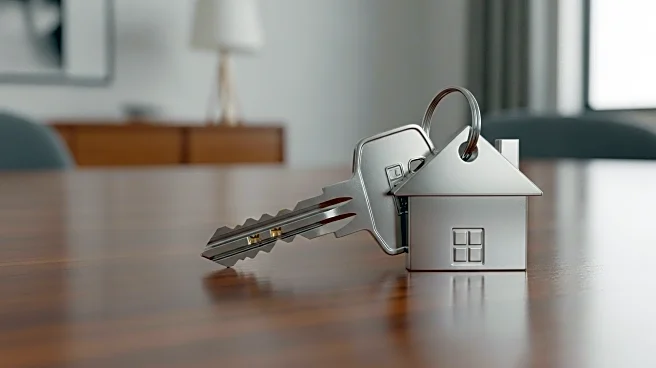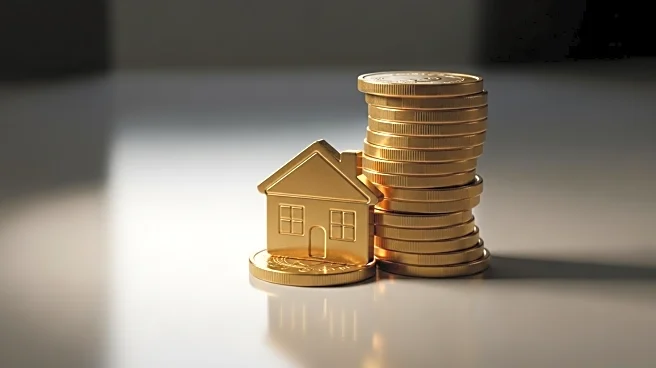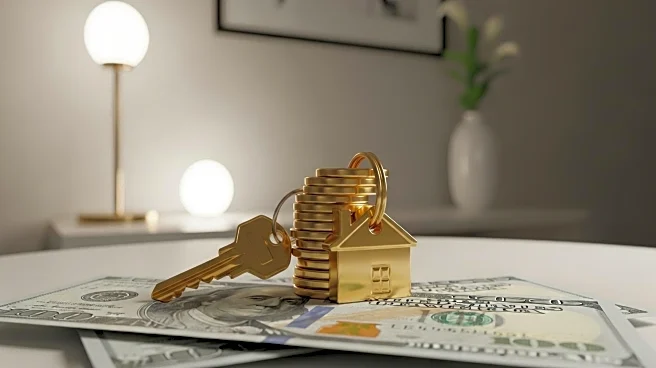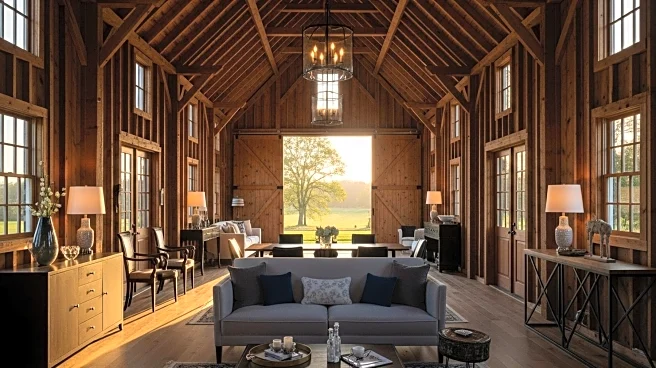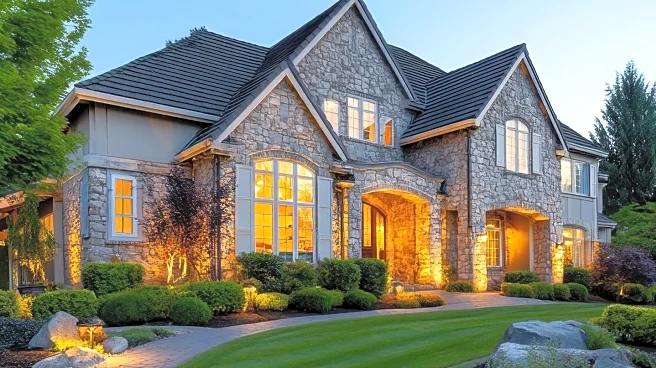What's Happening?
Realtor.com's recent report highlights a significant increase in the price threshold for luxury homes over the past decade. In 2016, a luxury home was defined as one costing $796,622, but by 2025, this threshold has risen by over 60% to $1.3 million. The report also notes that the top 5% of homes for sale nationwide now start at $2 million, while the top 1% begin at $5.4 million. These figures are substantially higher than the national median listing price of $430,000. The report emphasizes that while a million-dollar home remains a significant benchmark, it no longer represents the luxury marker it once did. The New York metropolitan area, despite not ranking in the top 10 regions for highest starting prices, has the highest number of million-dollar listings, accounting for 33.7% of all listings in the region.
Why It's Important?
The dramatic rise in luxury home prices reflects broader economic trends and shifts in the real estate market. This increase impacts potential homebuyers, particularly those seeking high-end properties, as the definition of luxury has evolved significantly. The report suggests that exclusivity and relative standing in local markets are now more indicative of luxury than mere price tags. This shift could influence real estate investment strategies and market dynamics, as areas traditionally known for luxury living continue to see high volumes of million-dollar listings. The changing landscape may also affect urban planning and development, as cities adapt to accommodate the growing demand for luxury housing.
What's Next?
As luxury home prices continue to rise, potential buyers and investors may need to reassess their strategies and expectations. Real estate markets may see increased competition for high-end properties, particularly in regions with a high concentration of luxury listings. Additionally, urban areas may experience shifts in demographics and economic activity as the demand for luxury housing influences local economies. Real estate professionals and policymakers will likely monitor these trends closely to address the challenges and opportunities presented by the evolving definition of luxury in the housing market.
Beyond the Headlines
The rise in luxury home prices may have broader implications for social and economic inequality. As high-end properties become more expensive, the gap between luxury and affordable housing could widen, potentially exacerbating issues related to housing accessibility and affordability. This trend may prompt discussions on housing policy and the need for balanced development that accommodates diverse economic groups. Furthermore, the cultural perception of luxury may shift, as exclusivity becomes a more prominent factor in defining high-end living.

